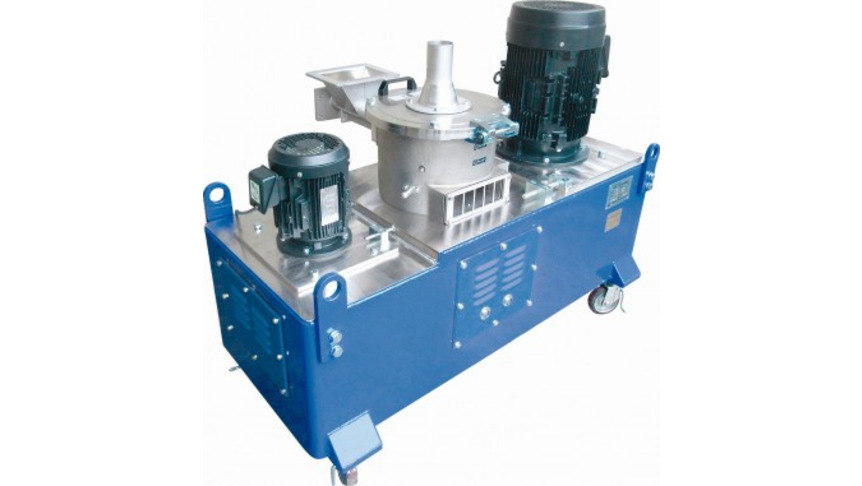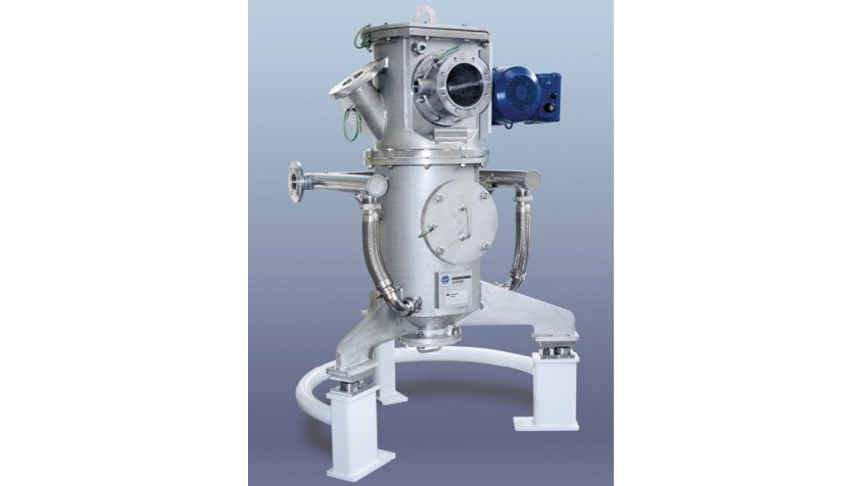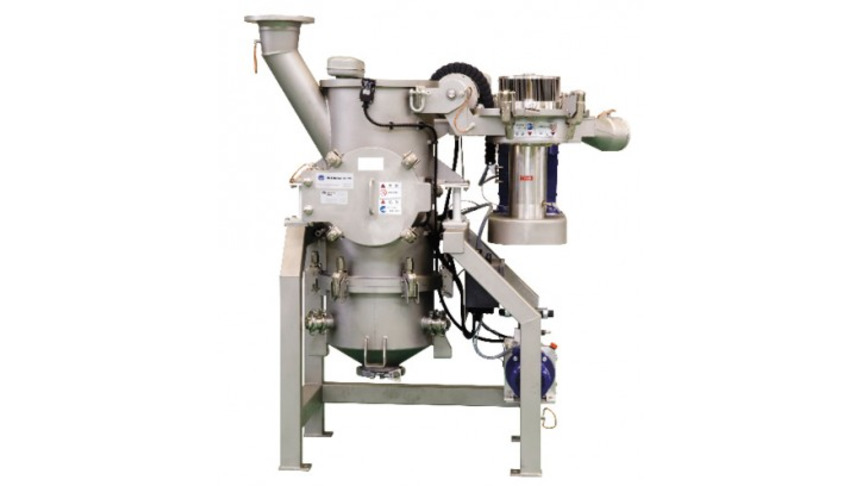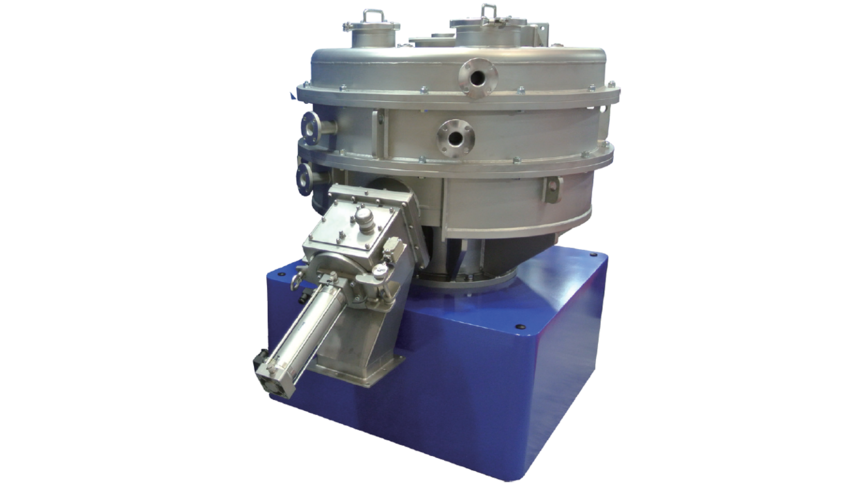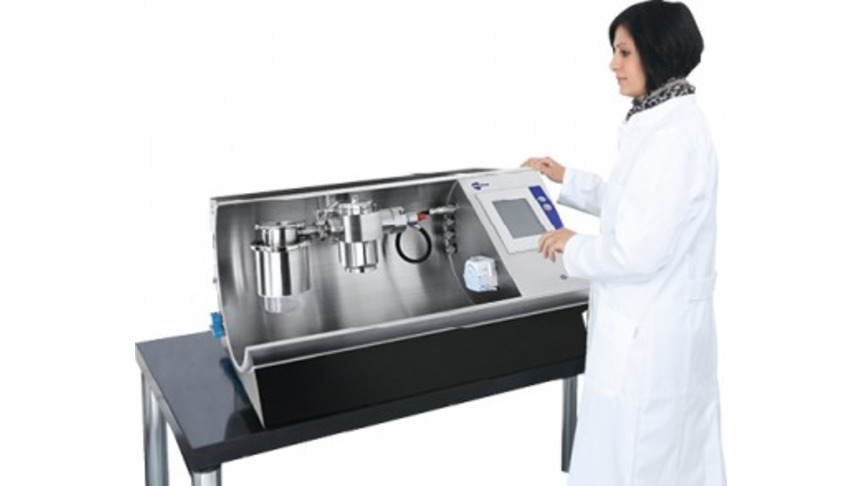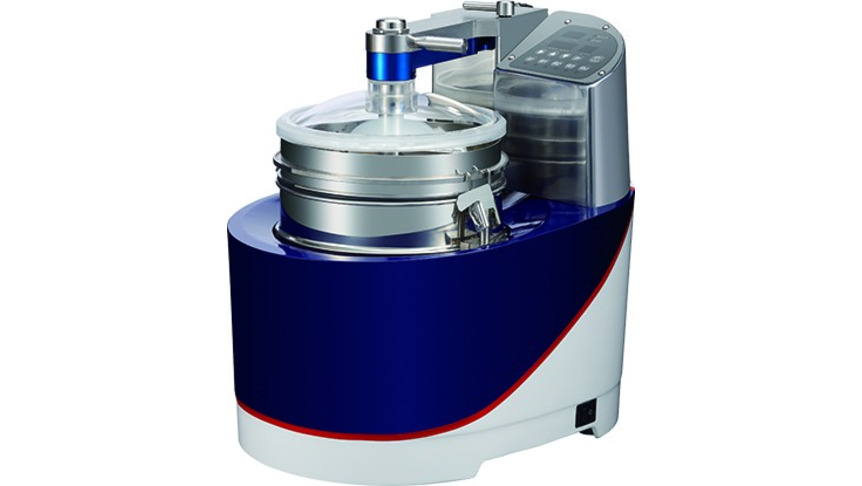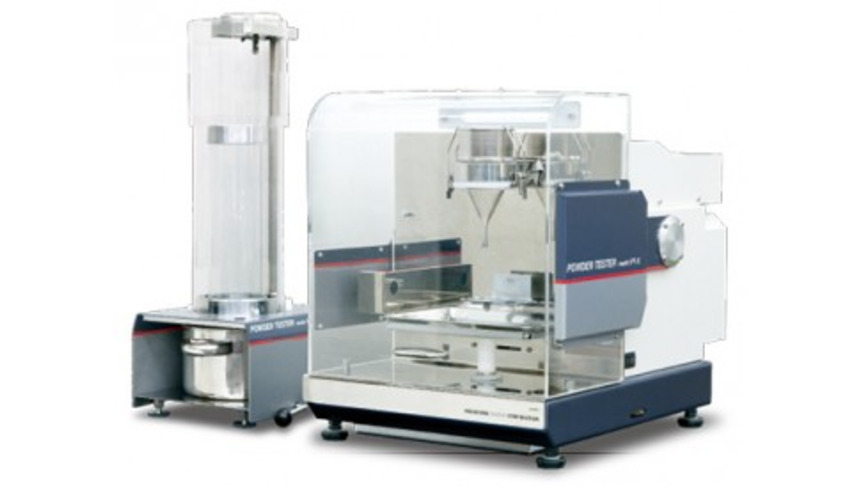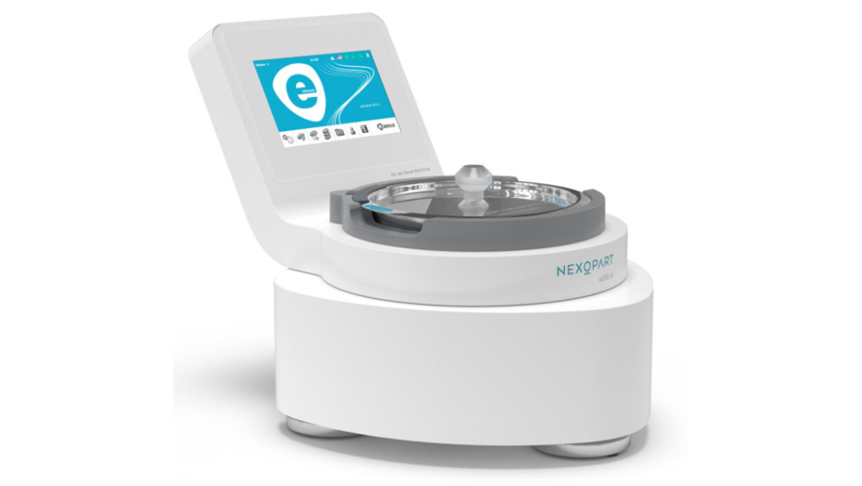- Industries & Machines Industries & Machines
- IIoT IIoT
- Service-Toll Processing Service-Toll Processing
- Material Material
- News News
- IR Information IR Information
-
Sustainability
Sustainability
Sustainability
- Introduction
- Hosokawa Micron Group "Basic Human Rights Policy"
- Hosokawa Micron Group "Basic Policy on the Environment"
- Sustaibality Policy - Mission Statement
- Editorial Policy
- Integrated Report
- Materiality & Strategy
- Technological contribution to a sustainable global environment
- Contributions towards a safer, more secure and prosperous society
- Sophistication of governance that supports business
- ESG Data Collection
- Sustainable Business Management ~ Finance
- Infromation Disclosure Based on TCFD Recommendations
- Jobs and Careers Jobs and Careers
-
About Us
About Us
About Us
- Greetings (Company Introduction)
- Hosokawa Micron Group "Basic Human Rights Policy"
- Hosokawa Micron Group "Basic Policy on the Environment"
- Management Philosophy
- Corporate Overview
- Executive Officers
- Corporate Profile
- Business Areas and Strengths
- Corporate History
- Hosokawa Micron Group
- Domestic Facilities
- Overseas Subsidiaries (Asia)
- Overseas Subsidiaries (Europe)
- Overseas Subsidiaries (America)
- Asian Agents
- Powder Technology Research Institute
- Industrial Property Rights
- Journals and Books
- Technical Information
- Annual Publication "Micromeritics"
- Compliance Charter
- Privacy Policy
- Cookie Policy
- Quality Principle

Industries & Machines
- TOP
- Industries & Machines
- Industries Search
- Silica for Sealant of Semiconductor
Silica for Sealant of Semiconductor
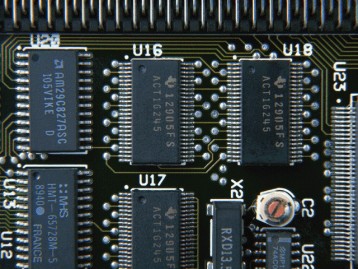
Summary
Semiconductor integrated circuits, such as LSI, are usually packaged to reduce heat expansion rate and to protect from UV rays, temperature, water, dusts and physical impacts. Epoxy is widely used for the materials of the package. Silica (SiO2) or inorganic fine powders are included here as filler to enhance functionality.
Spherical silica like fused silica or colloidal silica, which is chemically synthesized in liquid, has high flowability when mixed with epoxy resin and since their shape is not sharp there is very little damage on the circuit. On the other hand, crushed silica obtained by grinding of fused silica or crystallized silica will be useful in improvement of the strength of the package. In order to compensate the demerits, they are usually blended for package-use. These two kinds of silica production require different milling technology. Dry classifying technology on spherical silica, and grinding and/or drying technology on crushed silica are required.
Contents
Production of grinding silica (necessity of grinding silica)
As a result of strong requirement of lighter and smaller semiconductor packages, more and more smaller particles of silica are required. However, finer particles give too high viscosity of the liquid sealant to fill in the narrow gap in the integrated circuit. To solve these problems crushed silica is blended with spherical silica. Following conditions are required for silica production system.
- Capable of producing average particle size in the range of a few microns to dozens of micron and of adjusting particle size.
- Very sharp (uniform) particle size distribution, no fines/no coarse
(As fine powder increases the viscosity) - No contamination (metal or ion)
Two types of systems are available to meet these requirements. - Fluidized Bed Opposed Jet Mill AFG with an integrated classifier (Fig.1)
- ACM Pulverizer Ceramic Version (Figs. 2, 3)
In both systems, it is possible to obtain the required average size and particle size distribution by controlling classifying condition. The grinding machine and ancillary system can be designed so that the material does not contact metals. For instance, ceramics, urea resins, PEEK resins are utilized for interior parts combined to enable dry ultra-fine grinding with no metal contamination.
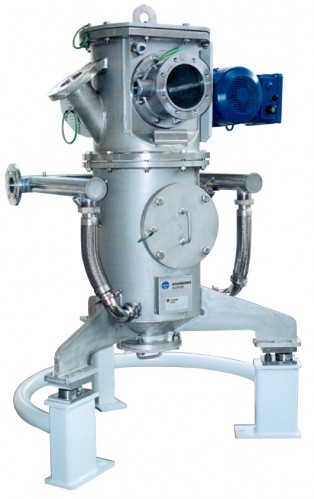
Fig.1 Fluidized bed opposed jet mill 400/1 AFG
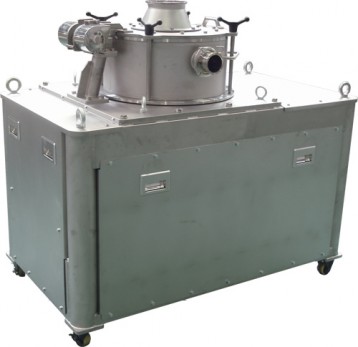
Fig.2 ACM Pulverizer ACM-30HC

Fig.3 ACM Pulverizer ACM-15HC
Classification of spherical silica
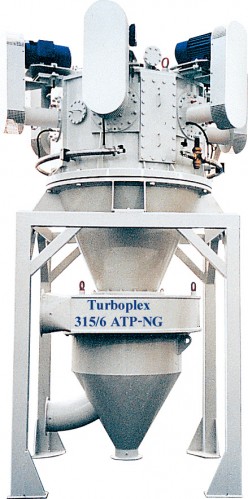
Fig.4 Turboplex 315/6ATP
Spherical silica such like fused silica is usually wet sieved for size adjustment. When dry process is preferred, an air classifier using centrifugal forces, the Turboplex ATP is the appropriate machine. The cut point can be adjusted by controlling the classifying rotor speed. It is often used to eliminate the coarse particles contained in the powder.
Drying of silica
Wet milling is used for the production of fine particles. It is required to dry silica particles in the subsequent process. Depending on the requirement such as capacity and product moisture, a flash dryer or indirect heating dryer is recommended. The Xerbis (Fig.5) or Drymeister for the former, and the Solidaire (Fig.6) as the latter are the equipment respectively. Capacities of the latter are smaller than the former, but it offers better heat efficiency. This leads an economical operation and can reach to very low moisture content. In the drying process it is required not to damage particles such as cracking during operation.
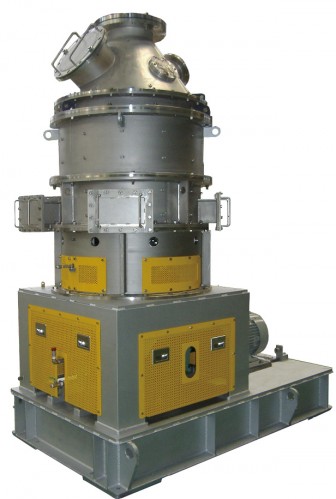
Fig.5 Xerbis XB-900

Fig.6 Solidaire SJS-24-12
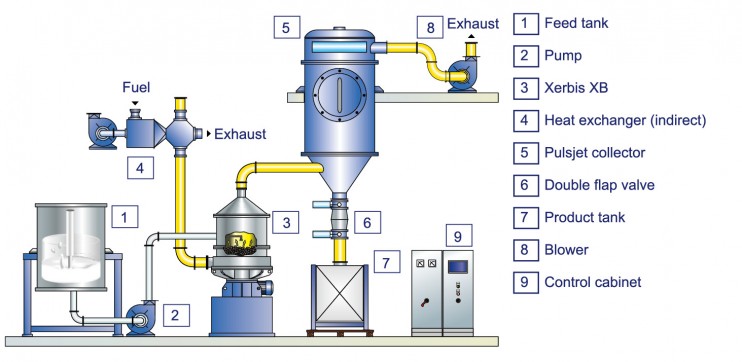
Fig.7 Flow of Xerbis drying system
Surface modification, improvement of insulation property
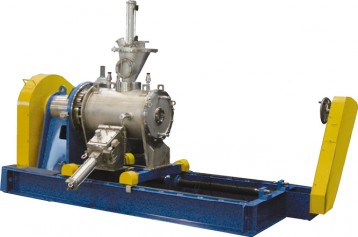
Fig.8 Nobilta NOB-450
To give affinity on the silica particles with resins, high-speed mixers apply liquid saline coupling agent on them. However, un-reacted silanol group may remain and they absorb the atmospheric moisture. If multi compound resins mixed with such particles for sealing (package) IC, moisture may evaporate explosively during heating process as high as 200°C, and result with cracking. Sealant is colored with black pigment such as carbon black to block out light. These pigments are Nano size particles and have so strong agglomeration nature that it is very difficult to disperse in sealant. Therefore the liquid semiconductor sealant has very poor flowability and very low electric resistance (high electric conductivity).
A dry particle compositing machine, the Nobilita, can disperse and coat various particles. It can easily coat saline-coupled silica particles with carbon black, therefore it is possible to solve the problem.
Related equipments

Feel free to contact us. if you have any questions or concerns.

